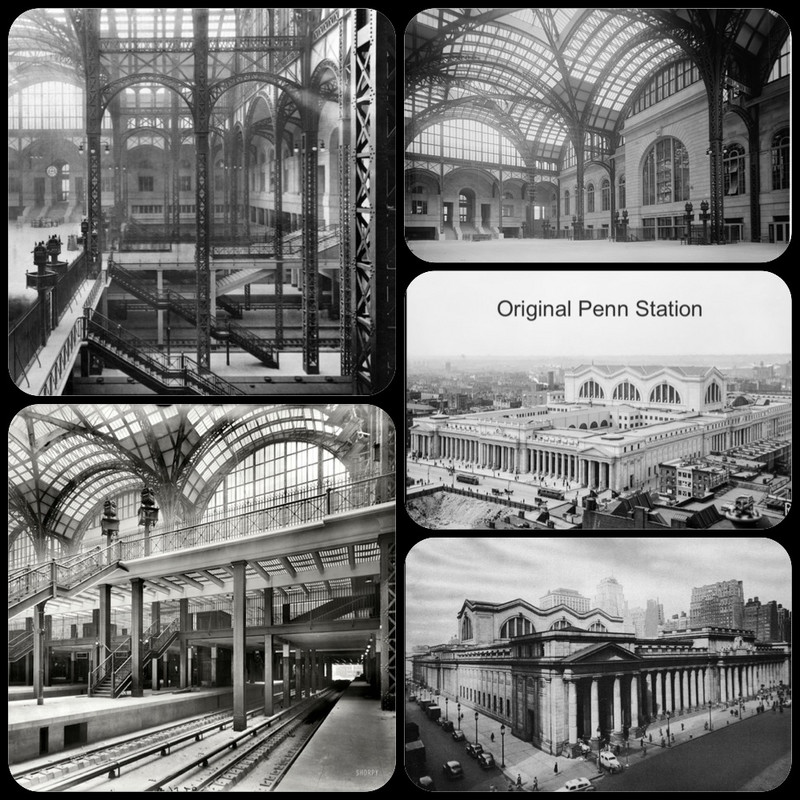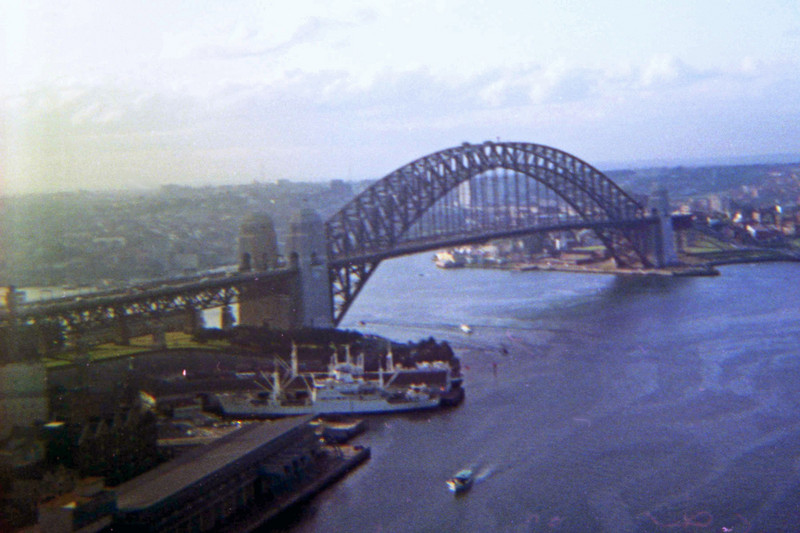The original building in 1910, enabling direct rail access to New York City from the south for the first time. The station contained 11 platforms serving 21 tracks. The original building was one of the first stations to include separate waiting rooms for arriving and departing passengers, and when built, these were among the citys largest public spaces.
The huge building had Doric columns, ceilings and was shaped from the same stone as the Coliseum. Archive photographs of the interior show high vaulted spaces, with light pouring in and illuminating the buildings numerous elegant features.
Passenger traffic began to decline after World War II, and in the 1950s, the Pennsylvania Railroad sold the property and shrank the railroad station.
For decades Penn Station was famous worldwide for giving its visitors a crowded, dank and generally unpleasant experience.
But in January 2021 a new design was unveiled which aims to rectify the loss caused when the stations original majestic concourse was demolished in 1963.
Named after Senator Daniel Patrick Moynihan who in the 1990s promoted the idea of using the post office building for Penn Station.
Four vaults that are each made from 500 glass and steel panels are supported on three massive steel trusses that supported the original roof in the internal courtyard.
Inside the ticketed waiting room, there is a series of nine photographic panels of remarkable but forgotten moments of history from the original Penn Station.
Backlit, triptych thats inspired by Renaissance and Baroque paintings. Its a modern take on ceiling frescoes, but features young, Black New Yorkers in poses inspired by breakdance.
cityscape with 91 small buildings mounted on the ceiling like glowing, stalactites, or like a hive of buildings that pay homage to the cities we live in. In total, they weigh more than 30,000 pounds and are lit by 72,000 LEDs









